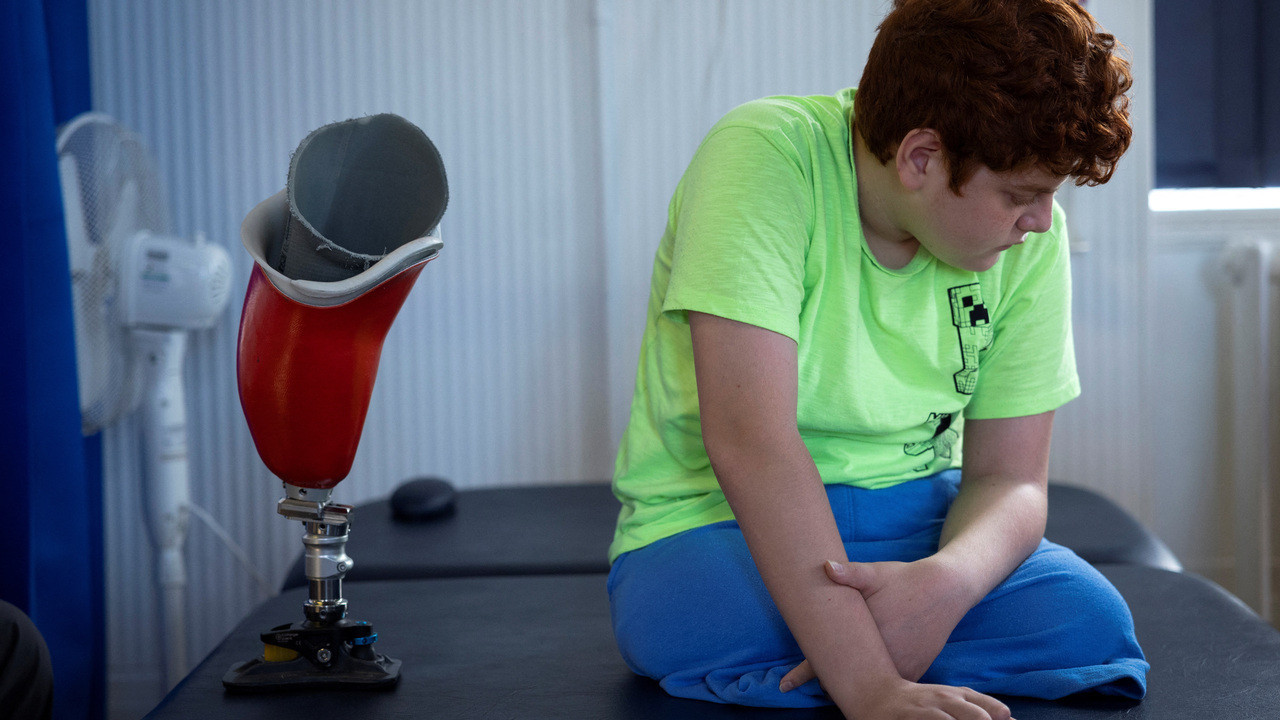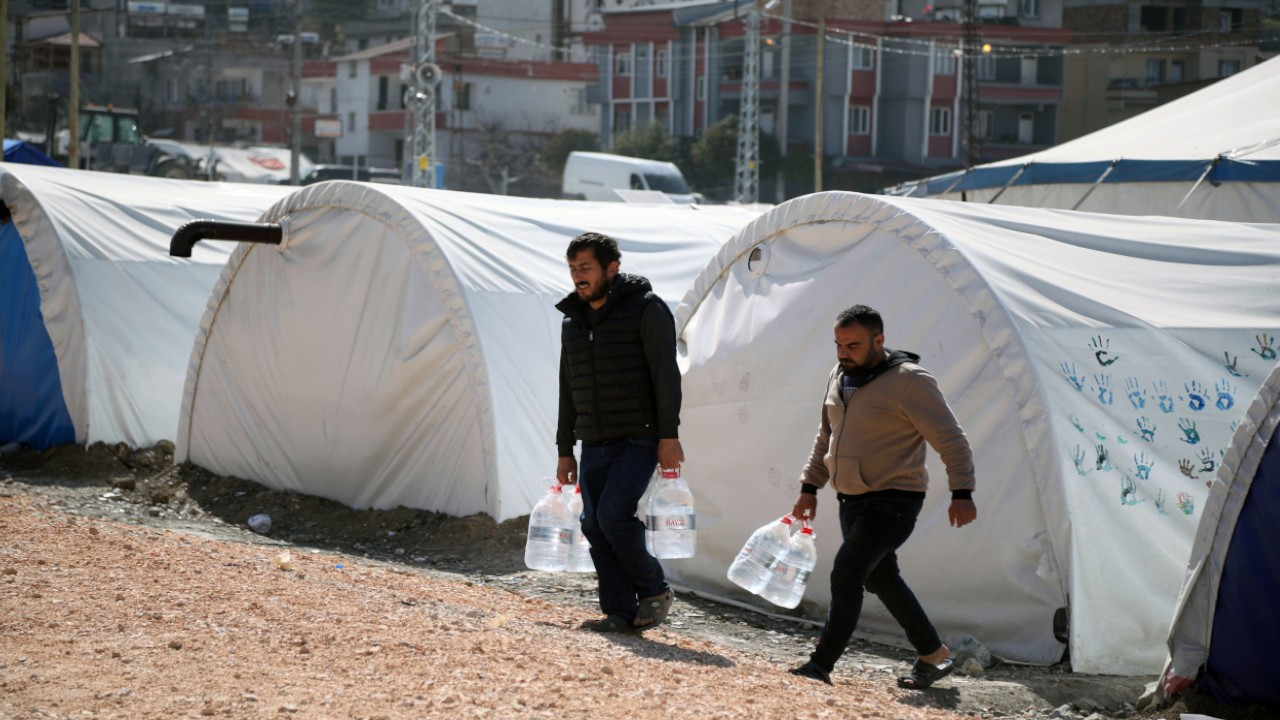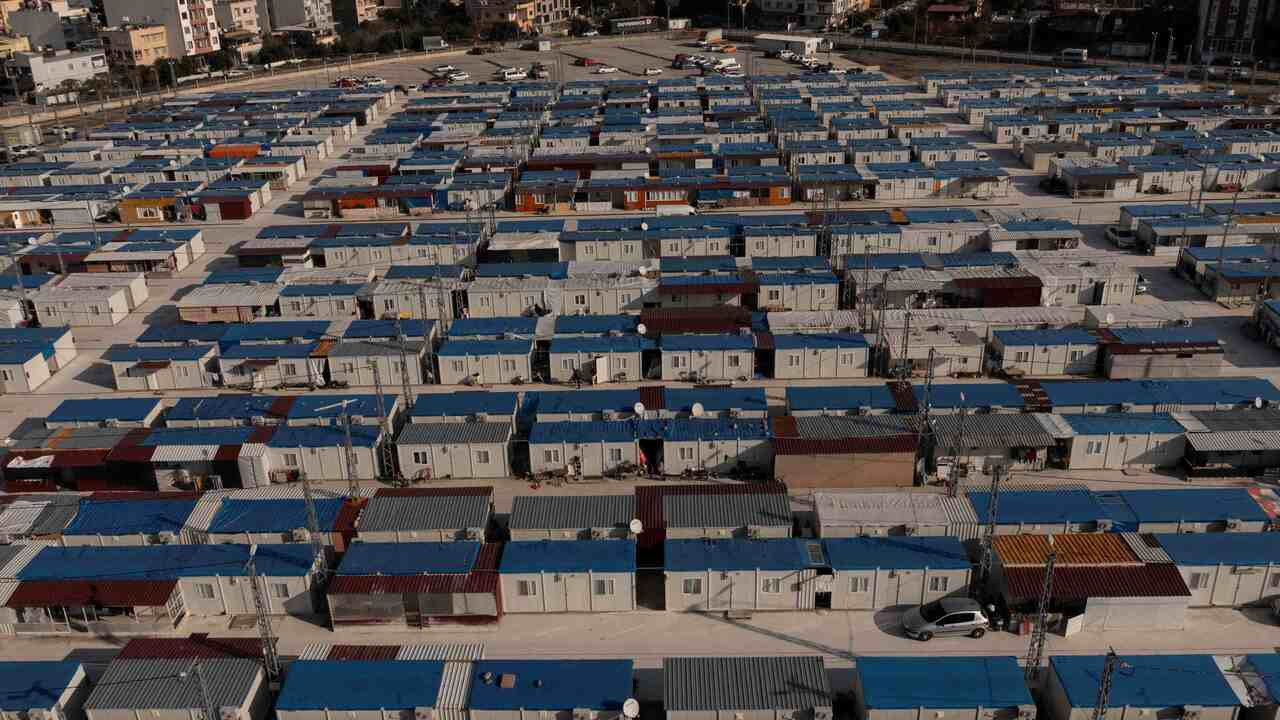Turkey’s quake-hit zone rattled by over 57,000 aftershocks in past year
One year following the devastating earthquakes leveling large parts of Turkey’s southeastern region and northern areas of Syria, more than 57,000 aftershocks occurred, according to Gazi University professor Bülent Özmen.
Duvar English
57,015 aftershocks have reverberated through Turkey’s southeastern quake-hit zone since devastating earthquakes struck on Feb. 6, 2023, affecting 11 provinces and approximately 14% of the country’s surface, Disaster Management Professor Bülent Özmen told state-run Anadolu Agency on Feb. 5.
"The earthquake zone has experienced tremors an average of 156 times per day, 1,069 times per week, or 4,751 times per month," said Özmen, who teaches at Ankara’s Gazi University.
Kahramanmaraş, the rural province housing the epicenter of the 7.7 and 7.6 magnitude earthquakes, endured the highest number of aftershocks, totaling 20,761.
"Kahramanmaraş saw an average of 56 earthquakes per day, 399 earthquakes per week, and 1,730 earthquakes per month," Özmen said, noting that the neighboring Malatya province experienced a total of 15,965 tremors.
Within 24 hours of the main quake on Feb. 6, more than 570 aftershocks were recorded, and over 10,000 tremblors were documented in the subsequent three weeks. While the frequency and intensity of these aftershocks have decreased since then, they still pose a threat.
As recently as Jan. 25, 2023, a magnitude 5.2 earthquake shook eastern Malatya, reigniting fears in the region but leaving no casualties. The aftershock was likely the result of an unbroken fault segment following the Feb. 6 earthquakes.
One of the largest aftershocks occurred on Feb. 20 when a 6.4 magnitude tremor jolted large parts of the southern Hatay province, claiming at least six lives. A 5.6 magnitude quake on Feb. 27 striking Malatya killed one person, injuring 110, and destroyed 29 structures.
The official death toll currently exceeds 53,500, with over 107,000 injured and 38,901 buildings destroyed. Despite government promises for swift recovery, 691,000 people still reside in container homes.
(English version by Wouter Massink)

 Turkey's quake survivor boy relearns walking with prosthetic legsDomestic
Turkey's quake survivor boy relearns walking with prosthetic legsDomestic Children in Turkey's quake region fail to thrive due to malnutrition, TTB reportsHealth
Children in Turkey's quake region fail to thrive due to malnutrition, TTB reportsHealth Turkey's earthquake survivors grapple with rebuilding lives one year afterDomestic
Turkey's earthquake survivors grapple with rebuilding lives one year afterDomestic Turkish government delivers merely one-fifth of promised houses in earthquake zoneDomestic
Turkish government delivers merely one-fifth of promised houses in earthquake zoneDomestic